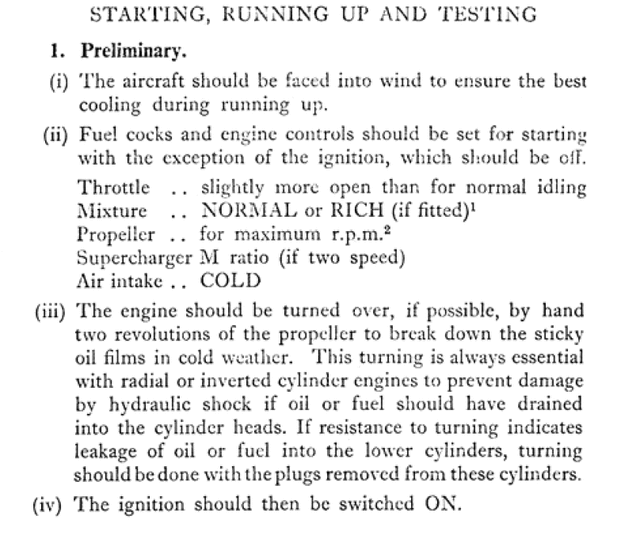Many thanks to Allan; I've long wanted to know more about the Orifice.
Spitfire pilots developed the half-roll, so beloved of film-makers, to overcome the problem; this manoeuvre "threw" fuel into the bottom of the float-chamber instead of into the top.
But, as Tim said, this cost precious milli-seconds so it was only a stop-gap measure until Miss Shilling came along; later a pressurised carburettor was used and, finally, a fuel injection system was adopted.
It's my understanding that Rolls Royce knew a lot about fuel injection but, for reasons that I haven't been able to discover, they thought that carburetion was better when the supercharger was involved.
I also understand that only Spitfires were fitted with the orifice; Hurricanes (a fine aircraft somewhat overshadowed by the glamour of the Spitfire legend) did not receive the device.
Edited by plannerpower, 12 October 2010 - 05:18.





















